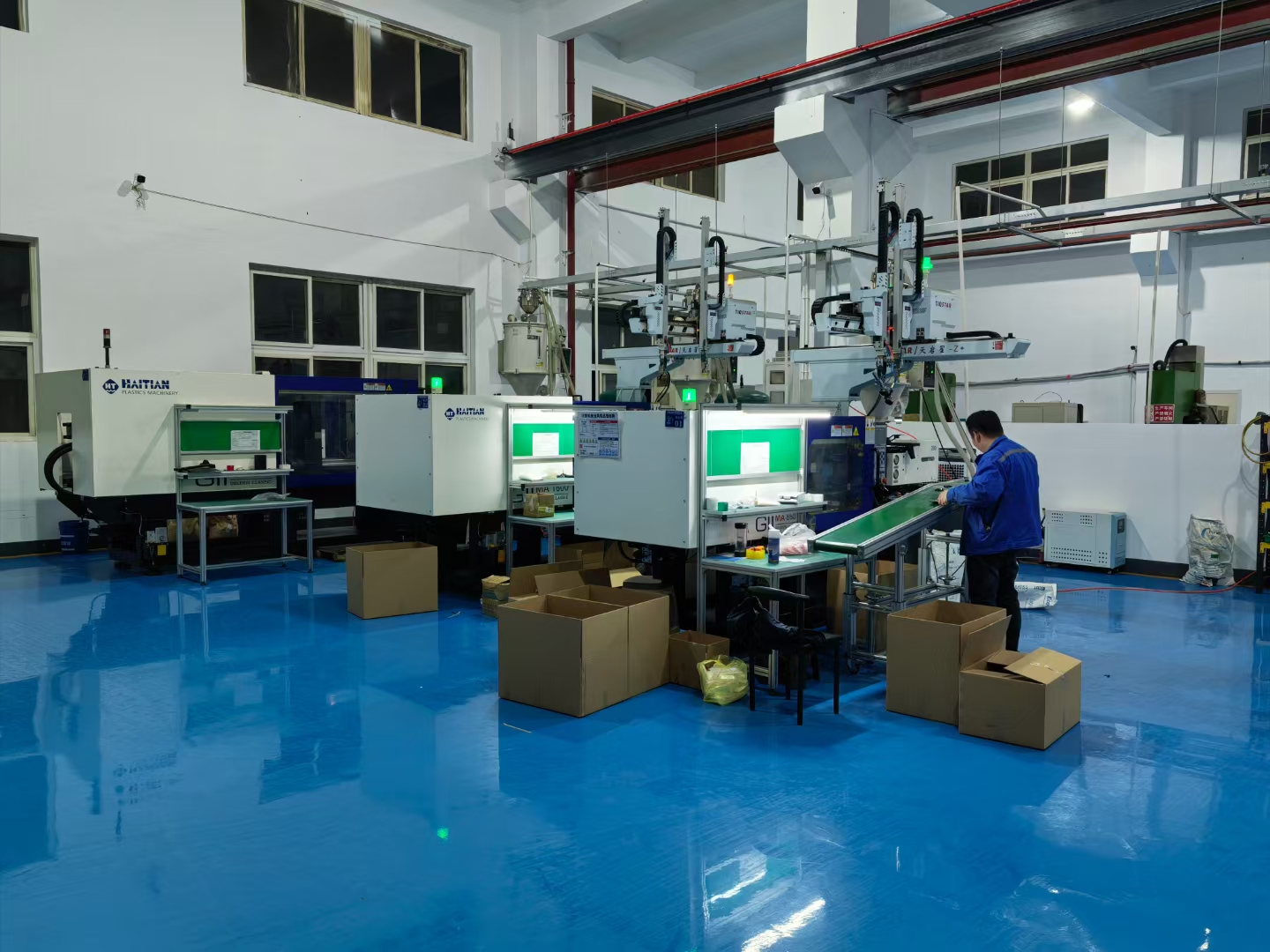Plastic Injection Molding: A Key Manufacturing Process for Modern Industries
**What is Plastic Injection Molding?**
Plastic injection molding is a widely used manufacturing process for producing high-volume plastic parts with precision and efficiency. Molten plastic is injected into a mold cavity, cooled, and ejected as a solid part. This method is ideal for mass production due to its repeatability, cost-effectiveness, and ability to create complex geometries.
**How Does It Work?**
1. **Clamping** – The mold is securely closed under high pressure.
2. **Injection** – Melted plastic is injected into the mold cavity.
3. **Cooling** – The plastic solidifies into the desired shape.
4. **Ejection** – The finished part is ejected, and the cycle repeats.
**Key Advantages**
✔ **High Efficiency** – Fast production cycles for large quantities.
✔ **Precision & Consistency** – Tight tolerances and uniform parts.
✔ **Material Flexibility** – Works with thermoplastics, elastomers, and biodegradable plastics.
✔ **Cost-Effective** – Low per-unit cost for high-volume orders.
**Common Applications**
- **Automotive** – Dashboards, bumpers, interior trims
- **Medical** – Syringes, surgical tools, IV components
- **Consumer Goods** – Bottle caps, toys, electronic housings
- **Packaging** – Containers, lids, disposable cutlery
**Future Trends**
With advancements in **sustainable materials, smart molds, and Industry 4.0 integration**, plastic injection molding continues to evolve, offering greener and more efficient solutions.
**Conclusion**
Plastic injection molding remains a cornerstone of modern manufacturing, enabling industries to produce durable, lightweight, and cost-effective plastic products. As technology advances, its applications will only expand further.
Post time: Apr-09-2025

